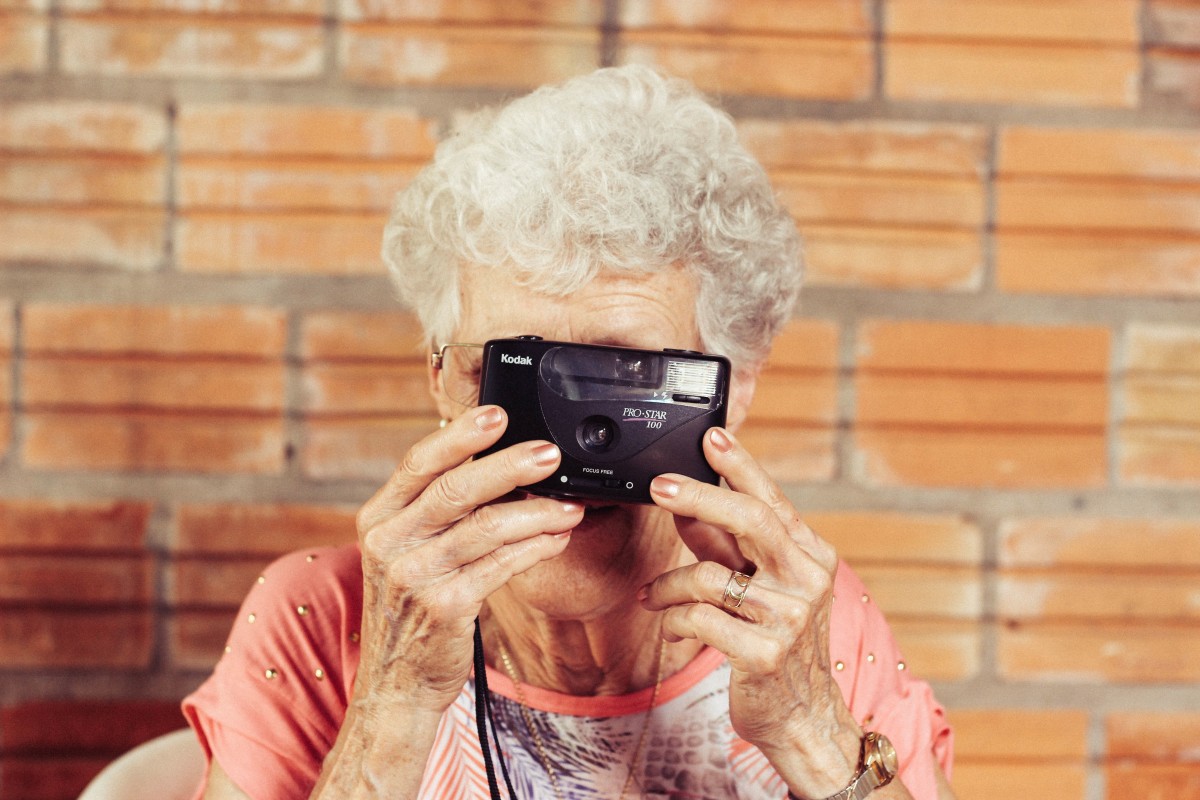Discussing copyright in our lectorial today was like a trip down memory lane back to VCE Studio Art. I’m grateful for having listened in those few Studio Theory classes on copyright, because a lot of what I knew came flooding right back: moral rights and obligations, duration of copyright and fair dealings.
We really only scratched the surface in VCE, and my first impression of the lectorial was a fleeting sense of panic: I immediately thought of any original artistic content, whether it was a drawing when I was 12, a photo series or a film that I’d posted online, and its vulnerability in cyberspace. Even further, what about things I had uploaded with copyrighted content? On YouTube, for instance, I tried to upload videos with a song from the 2007 film Hairspray, and about a week later the sound was muted because I wasn’t allowed to use the song. That, I think, was a fairly decisive but relatively appropriate manner in which to deal with the issue of copyrighted music being unlawfully used; I went on with my business, and forgot about the whole thing until now. In other areas of the internet, lack of understanding and the living, breathing environment of cyberspace makes enforcement of copyright laws nigh impossible except for in rare circumstances. But that is a post for another day.
Until this class, I always thought of copyright laws as being arbitrary. I still believe that to some degree, but now I feel I can respect those laws a little more since I have a better understanding of what is and isn’t allowed. For instance:
- Ideas are not copyrighted, but content is
An idea can be recycled in anyway shape or form. If someone comes up with an idea for a film, and someone else wants to use that idea in their own ways. They may write different scripts or draw up different storyboards; as long as the actual material content of the films contains certain dissimilarities, everything is cool. It’s only if one of these products either takes content from the original, or replicates it until it is substantially similar, does this become an infringement of copyright. The only instance in which substantial similarities stop being grounds for infringement are when the product is made on the grounds of parody, satire, criticism and review or for educational purposes i.e. for an assignment.
- Duration of Copyright
This got me a little confused. I remembered from VCE and had my thoughts confirmed that generally, copyright lasts for the remainder of the creator’s life plus 70 years afterward. However, the whole shimozzle regarding how to deal with works created before copyright was created in 1968 got me puzzled. The system of how copyrighted works are classified before 1st May 1969, to me, seems complicated and unusual. Then again, I was only able to see the slide for a brief moment before we moved on.
Copyright was a friendly little blast from the past in today’s lectorial, and I felt pleasantly as though I was eased into it having done Studio Art last year.






